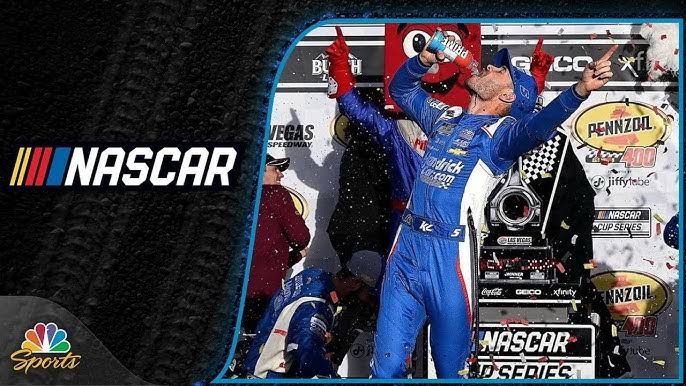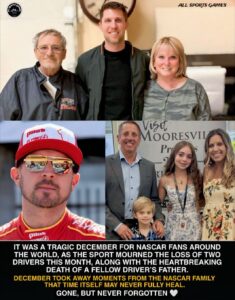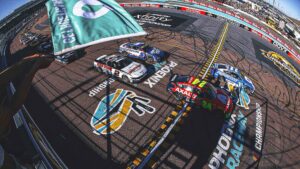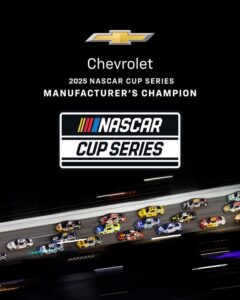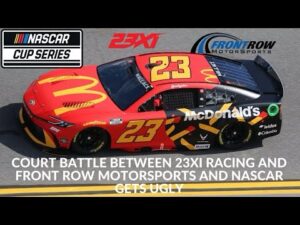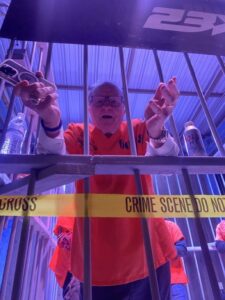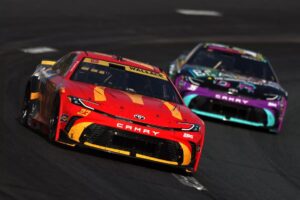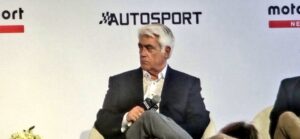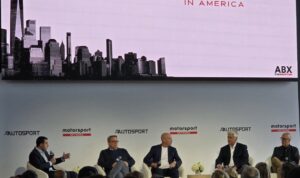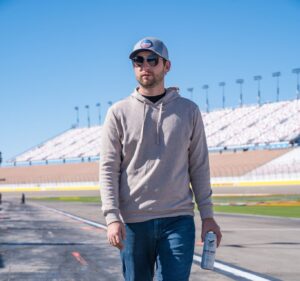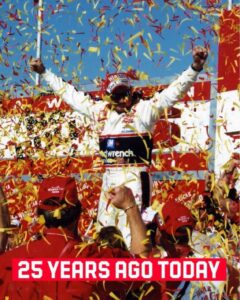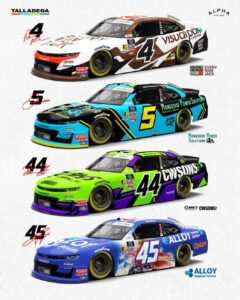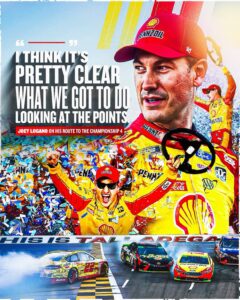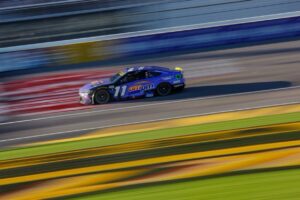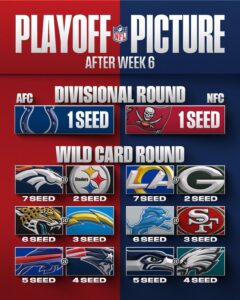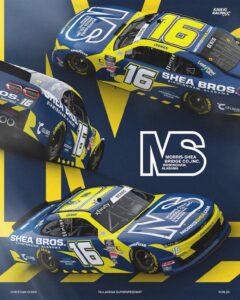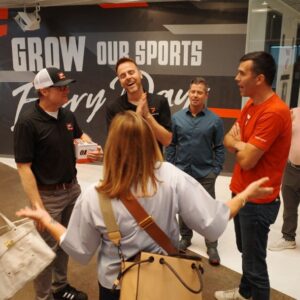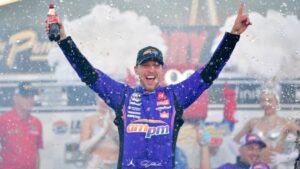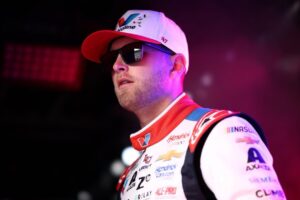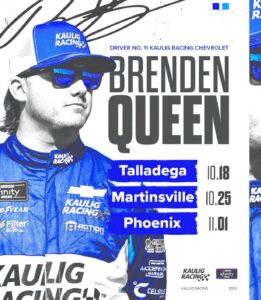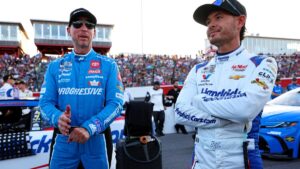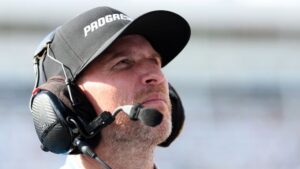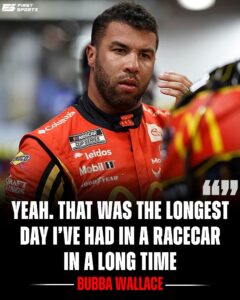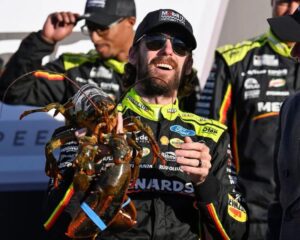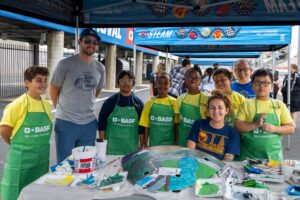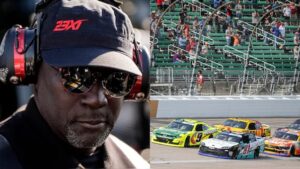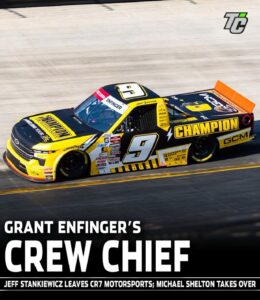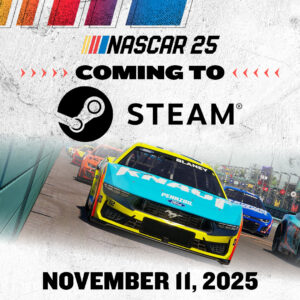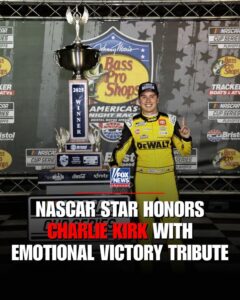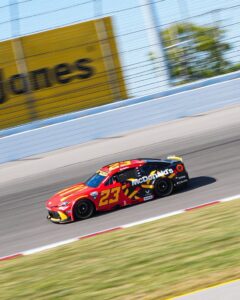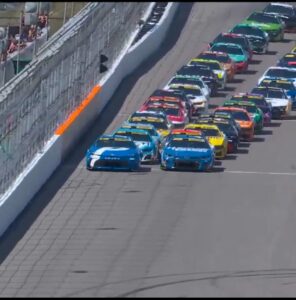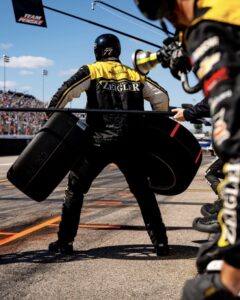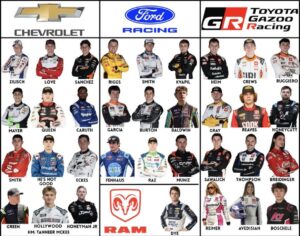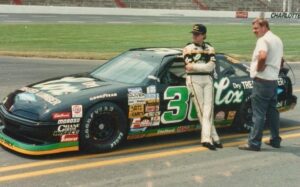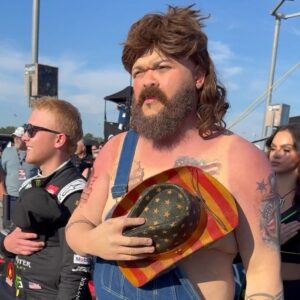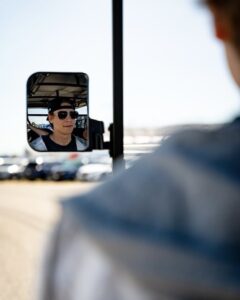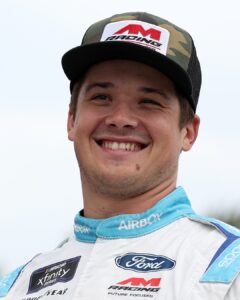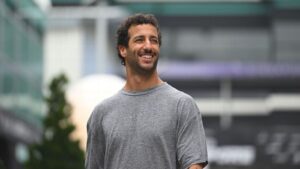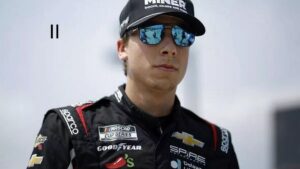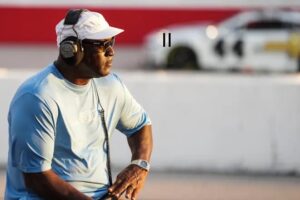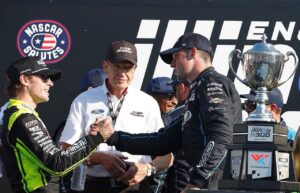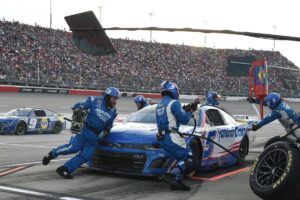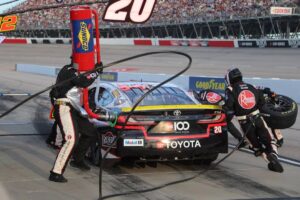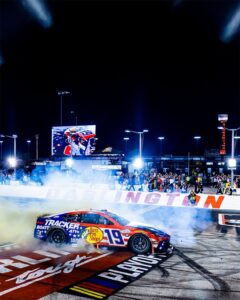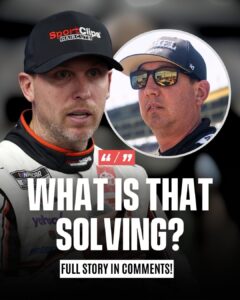Kyle Larson made headlines yet again—not just for winning, but for how dominant he was while doing it. After a masterclass performance in a recent NASCAR Xfinity Series race, Larson has reignited a long-standing debate: Should full-time NASCAR Cup Series drivers be allowed to compete in developmental series, and if so, how often?
The Dominance Dilemma
Larson’s latest victory in the Xfinity Series wasn’t just a win—it was a showcase of experience and superior machinery. While fans enjoyed watching a star put on a clinic, the lopsided nature of the race raised concerns for many about fairness and the overall purpose of the series.
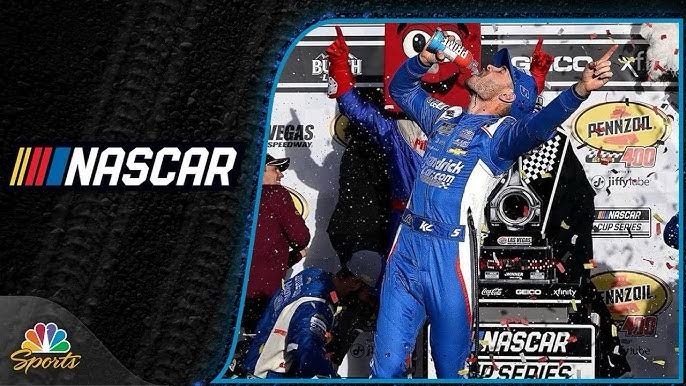
He’s not alone—fellow Cup stars like Kyle Busch, Denny Hamlin, and Joey Logano have all dipped into the Xfinity and Truck Series over the years. And when they do, wins often follow. The result? Less opportunity for rising stars to earn wins, gain momentum, and secure sponsorships that can make or break their careers.
NASCAR’s Current Rulebook
NASCAR has already implemented some limitations to address the issue. As of now, Cup drivers with more than three years of experience are limited to five starts per year in both the Xfinity and Craftsman Truck Series. They’re also banned from racing in the final eight races of the season, including the playoffs.
But Larson’s recent performance is proof that even within those limitations, a single appearance by a Cup veteran can shift the spotlight—and the outcome.
Developing Talent or Overshadowing It?
The Xfinity and Truck Series are often referred to as “developmental” or “feeder” series—platforms meant to give young drivers valuable experience. When a Cup driver steps in, the dynamic changes. Sure, it gives up-and-comers a chance to measure themselves against the best. But it also takes away a win, a headline, and possibly a life-changing moment for a rookie or underfunded driver.
Critics argue that if these series are truly about development, then Cup drivers—even the most well-intentioned ones—should stay on the sidelines. Supporters of Cup cameos, however, say it helps ticket sales, draws TV ratings, and adds excitement to the field.
Larson’s Intent—and Impact
To be clear, Kyle Larson isn’t doing anything wrong. He’s operating within the rules, helping fill seats and bringing attention to the series. And he’s made it clear he just loves to race, whether it’s in a dirt car on a Friday night or in an Xfinity car on a Saturday afternoon.
But whether intentional or not, Larson’s dominance sent a message: When Cup drivers show up, the developmental field becomes dramatically more competitive—sometimes too competitive.
The Road Ahead
So, what’s next? NASCAR may need to re-evaluate the balance between entertainment value and developmental integrity. Should they reduce the allowed starts for Cup drivers further? Limit which teams they can drive for? Or is the current system fine, and the burden is on young drivers to rise to the occasion?
Whatever the answer, Kyle Larson’s recent performance has once again brought the issue front and center. And with the next generation of NASCAR talent waiting in the wings, the spotlight needs to shine on them—before it’s overshadowed.
Stay tuned for more NASCAR news, analysis, and opinions from Ggvib.com
